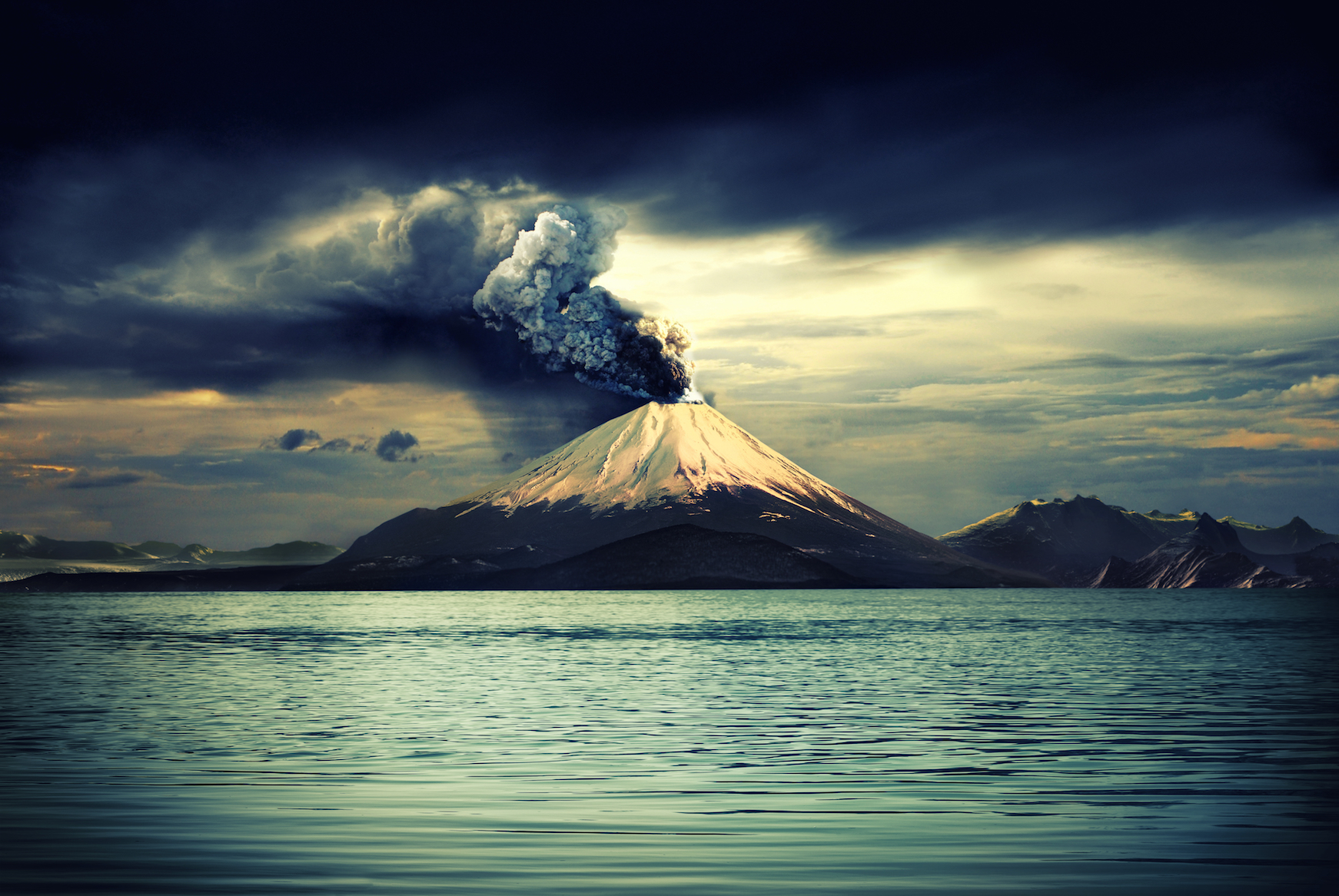
Ancient volcanic eruptions changed the Southern hemisphere climate
How are we able to trace what the Earth was like hundreds of thousands of years ago? Scientists use a method called ice core research, which involves drilling deep into into ice sheets in Antarctica and Greenland to uncover clues frozen beneath the ice. Now, a new study has used ice core data to determine that a long stretch of volcanic eruptions in Antarctica occurred around the same time as a global warming event 17,000 years ago.
The study was led by Joseph McConnell, professor from the Desert Research Institute’s (DRI) ultra-trace Chemical Ice Core Analytical Laboratory, and his team of researchers.
“Detailed chemical measurements in Antarctic ice cores show that massive, halogen-rich eruptions from the West Antarctic Mt. Takahe volcano coincided exactly with the onset of the most rapid, widespread climate change in the Southern Hemisphere during the end of the last ice age and the start of increasing global greenhouse gas concentrations,” said McConnell.
The halogen-rich eruptions would have drastically changed the environment, altered solar insulation, changed the composition of the continental ice sheets, and emitted more greenhouse gasses.
The researchers also note that the volcanic ash fallout from the Mt. Takahe eruptions could have spanned as far Southern South America.
McConnell discovered the Takahe eruptions by analyzing the West Antarctic Ice Sheet Divide (WAIS Divide) core, a sample taken from as deep as two miles into the ice sheet, in the DRI Ultra-Trace Laboratory.
The researchers discovered a chemical anomaly in the ice core data that matched a similar anomaly in the Byrd Ice core sample extracted and studied in the 1990s. But due to a lack of technology, the anomaly was not connected to volcanic activity at the time.
“Most previous Antarctic ice core records have not included many of the elements and chemical species that we study, such as heavy metals and rare earth elements, that characterize the anomaly – so in many ways, these other studies were blind to the Mt. Takahe event,” said McConnell.
The chemical anomaly was then discovered in other ice core data made available to the researchers.
McConnell’s research finally gives a definitive reason for the global warming that took place so long ago, and the ice core data will prove invaluable to future scientists, climatologists, and geologists.
—
By Kay Vandette, Earth.com, Staff Writer













